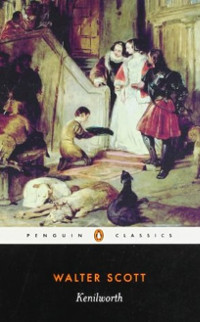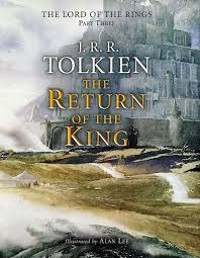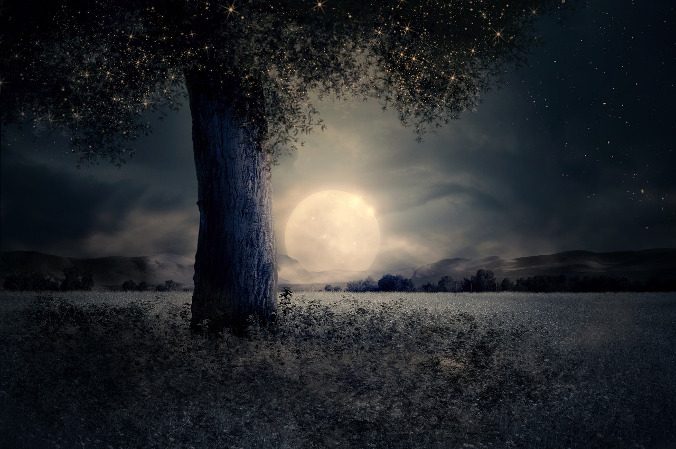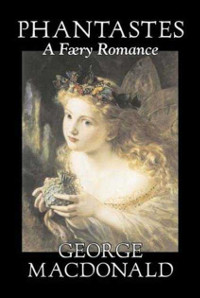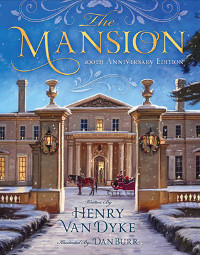
101 Famous Poems, edited by Roy J. Cook. First edition published in 1916.
“Poetry has the power to give us strength, inspiration, and hope, helping us to make meaning from our hectic lives and giving us the opportunity to appreciate new ways of thinking about universal themes and observations.
“Whether you are a newcomer to poetry or a lifelong lover of verse, you will find within the pages of this indispensable compilation the greatest poems of all time, powerful words that have delighted and inspired generations of readers—words that are sure to inspire you today.”
I will be the first to admit that I’m a “newcomer to poetry.” I’ve never disliked poetry, but I’ve also never had much patience with it. I like a terrific story, and that narrative drive is what keeps me reading. As I grow older, however, I’m gaining a greater appreciation for the way poetry can make beautiful language heavenly. The leader of the book club I belong to, on the other hand, loves poetry and has been working to help the rest of us gain a greater appreciation for it. She recommended this book for the group, and I’m glad she did! I started from the beginning, reading a few poems at a time. I’m glad I took this particular approach, because it enabled me to get a much more comprehensive view of a bygone world described by a variety of poets from different time periods. All of these poets are dead, and the world they wrote about is gone—history to us now—but to them the joys and sorrows they wrote about were real.
Continue reading


